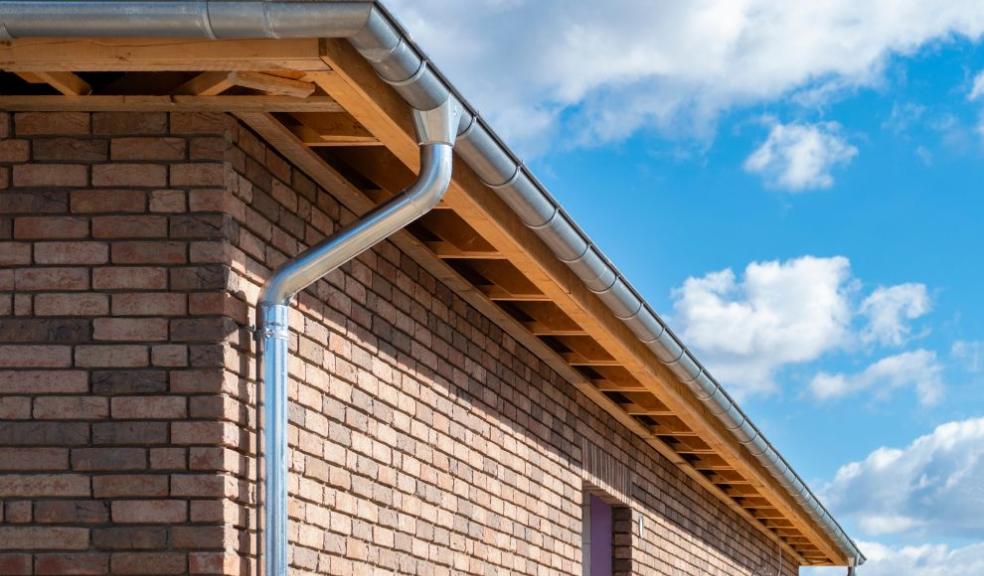
When is a new-build no longer a new-build?
Research from property developer, Stripe Property Group, has looked at when a new-build is officially no longer a new-build and what losing new-build status could mean for those looking to sell in the current market.
It is well-known that new-build homes command a hefty price premium. New-builds are modern, fresh, energy efficient, and built with the latest techniques and materials and, as such, come at an average price of £396,713. Compared to the UK average for existing properties of £288,245, this is a premium of 38%.
Different lender definitions of 'new-build'
But what actually defines a new-build property and when is a new-build home no longer considered new?
Among the UK's leading highstreet mortgage providers, there is wide agreement on the broad definition of new-builds, but significant differences crop up when studying the finer details
In general, all lenders agree that a new-build is a home that has been recently constructed or renovated to such an extent that a whole new dwelling has been created.
However, upon closer inspection of the rules, vital differences appear.
For example, while the likes of Nationwide, Natwest, and HSBC say that a new-build must have been constructed in the past two years, Santander only considers a property to be a new-build if it was built within the last year (unless never previously occupied) while Barclays goes so far as to say it doesn't matter how long ago the property was constructed, just so long as it has never left the ownership of the developer and was 'registered' in the past two years.
The definitions also differ around occupancy. While most lenders agree that a new-build must not have been previously occupied, Nationwide and Barclays see it slightly differently and say that if a property is less than two years old and is still owned by the developer, it can have been previously occupied by rental tenants and still be classed as a new-build.
How do new-build homes hold their value?
So how does relinquishing its new-build classification impact the value of a home? Two years ago, the average new-build home commanded £293,655. This average sold price has since climbed by 19.8% versus an increase of just 11.4% across the rest of the market.
However, for those looking to sell across the regular market today, the average sold price currently sits at £288,245. That's a price reduction of -1.8% for those who previously purchased a new-build home two years ago and are now looking to sell without their home holding the coveted status of a new-build.
Of course, it's important to note that a home that is just two years old is likely to perform significantly better than homes of a similar size, or in a similar location, that were built many moons ago.
Managing Director of Stripe Property Group, James Forrester, commented:
"There are many benefits to buying a new-build and while these traditionally focussed around greater energy efficiency and build quality, today they also offer a great deal more from on-site amenities, gyms and social spaces for residents to utilise.
These features will speak for themselves within the market and it's hardly surprising that the often superior offering of a new home commands a strong premium when compared to the regular market.
That said, it's important for homebuyers to understand what is actually classed as a new-build as this will influence the price they will initially pay, as well as the price they can justify when looking to sell the property further down the line.
Losing their new-build status may prevent them from commanding the same high premium that they originally paid, however, the property itself will still boast the benefits associated with a new-build and therefore, should still secure a far higher price than comparable, older homes in the current market."









